Snapchat’s Latest AR Ad Format for Brands – Sponsored 3D World Lenses
The millennial audience is an elusive one, forcing marketers to look for new, innovative ways to engage them. One thing we know for sure about...
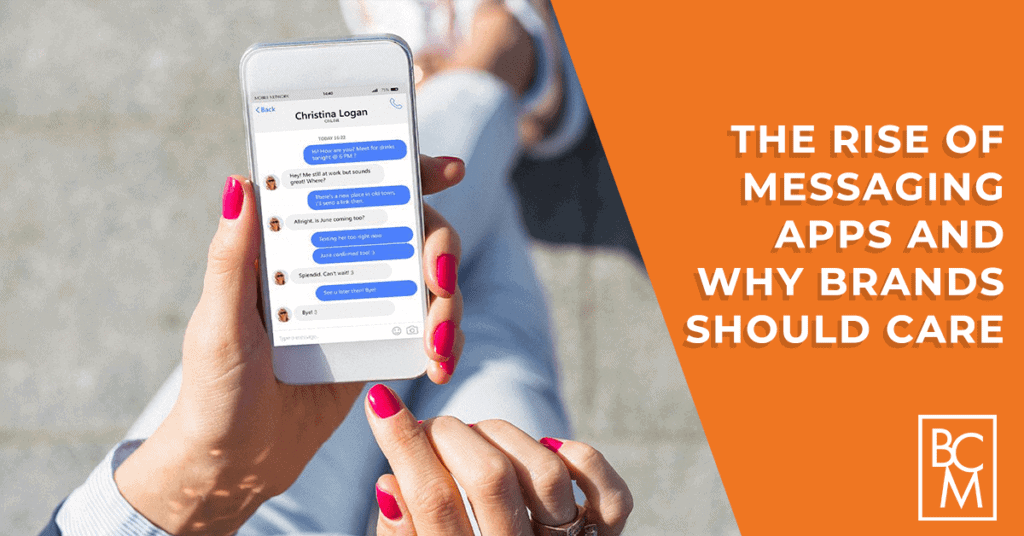
If you’ve handled a smartphone, you’ve probably used a messaging app like iMessage, Facebook Messenger, Google Hangouts, WhatsApp, WeChat, or ChapStick (the last one is actually a lip balm but note the effectiveness of camelCasing stuff!). From humble beginnings as a tech-savvy solution to skirt wireless carrier fees for texting and data usage, messaging apps are not only becoming globally ubiquitous, they’re also bridging the categories of messaging and social platforms. A few years ago, we shared our thoughts about some of the newer messaging apps on the scene and now, we want to discuss how messaging platforms – and the ways brands can use them – are evolving.
Messaging apps build on the convenience of texting but with more enticing features. The influx of new technologies has naturally drawn more users to messaging apps and, in turn, more brands.
For example, the messaging app WeChat is a total giant in China, offering a range of functionality including payments, e-commerce, and transportation. “In some Chinese cities, it even has a ‘City Service’ that lets you book doctor’s appointments, pay electricity bills and traffic fines.” Up until September 2017, there were rumblings of an AR feature release but those predictions have since been tempered. And, while WeChat is by far the most advanced mobile messaging app when it comes to technology and the features it offers individuals and businesses, it still hasn’t been able to expand to a global market.
Snapchat, once known only as a messaging app, has since grown into a buzz-building powerhouse; a social platform as well as a carefully curated content platform (to many publishers’ chagrin). Along with social platforms like Pinterest and Instagram, which offer messaging capabilities, Snapchat is reaffirming the eerily natural synergy between both content and communication. Some of Snapchat’s latest messaging app innovations include games, augmented reality, Snapkit, and Discover. Brands are taking advantage of these innovations as well. Recently, Toyota ran a sophisticated campaign leveraging Snapchat lenses, which allows the user to utilize AR technology to alter their selfies, filter their photos, and even replace the environment in which their videos take place. This revolutionary AR tool assisted the brand in promoting the Corolla Hatchback among the millennial audience.
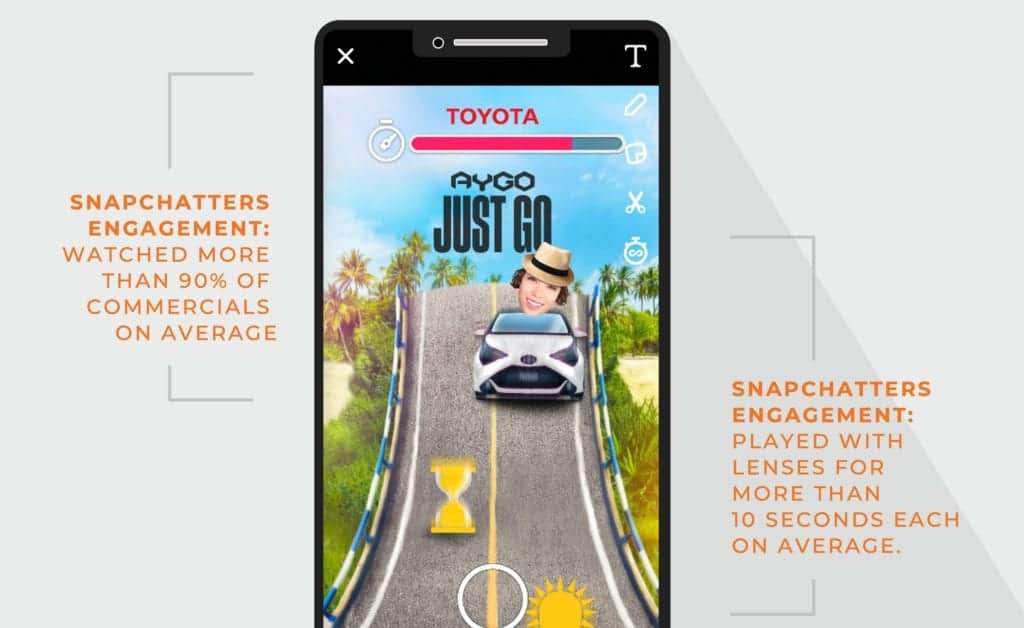
Brands are paying attention to instant messaging apps now more than ever because of automated features that may improve the customer experience pre- and post-sale. The buzz about chatbots has drastically cooled off, but brands are still benefiting from taking advantage of both human and automated interactions via messenger apps. Facebook Messenger, for example, offers two basic paths for brands: manually, which connects a customer to another human via the app, and by creating a bot, which is much less common, far more involved, and usually includes high production costs.
Luxury brands are also finding new ways to capitalize on messaging platforms. For example, some of the most well-known luxury brands, such as Burberry, Chanel and Tommy Hilfiger, are leveraging messaging apps such as WeChat and Facebook Messenger to keep users informed about new releases, events, local advertising campaigns – even customer service.
The importance of messaging isn’t lost on Instagram either. Announced in 2017, brands are able to run ads with click-to-messenger functionality, mimicking the same feature previously offered from Facebook. There are far-reaching opportunities for brands to incorporate messaging apps into their marketing strategies. For example, a company can use Facebook Messenger to create destination ads, sponsored messages, or home section ads. These are all designed for advertisers to start conversations with users, drive interactions, and increase sales. This strategy remains effective because the atypical call to action isn’t so demanding, and so users are not afraid to engage.
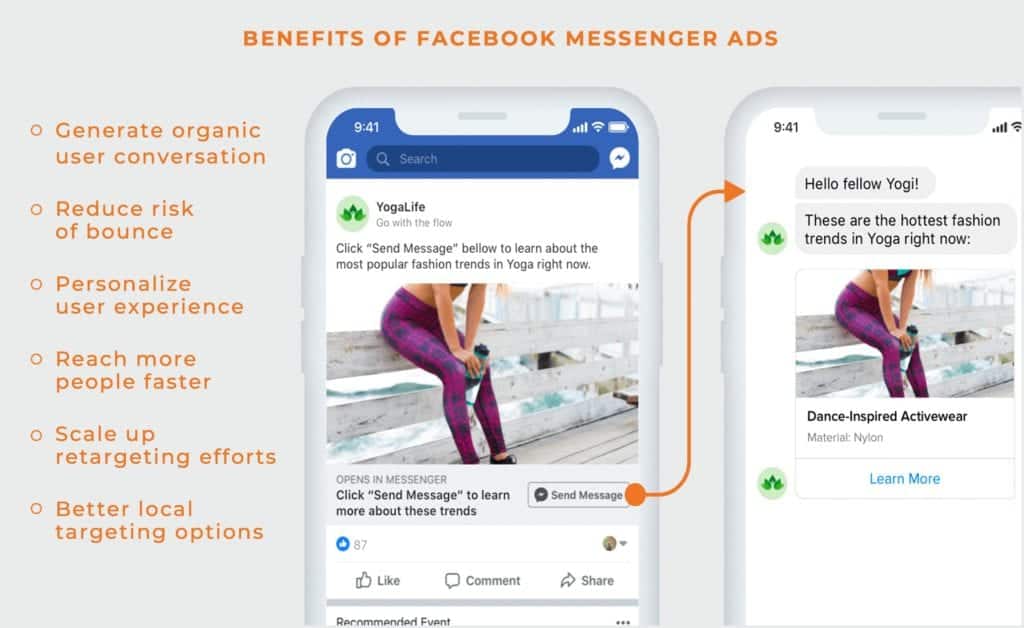
In the healthcare and personal care spaces, customers may often have a question that requires a bit of discretion. A little bit of anonymity on the brand’s part when answering a customer’s sensitive question could go a long way. Brands in this space could create a brand messaging platform for Health and Personal Care to provide answers to consumers’ tough questions, personally and privately. Feminine care brands, hygiene brands or personal care brands lend themselves to fielding these types of how-to queries as users tend to have lots of questions, but are often overwhelmed by a standard internet search.
When implemented well, offering recommendations via an e-commerce chat service is a captivating method of engaging with users. It can also provide brands with an opportunity to learn, very specifically, in valuable terms of natural language, how customers perceive a product and how they shop online. E-commerce brands can use messaging to provide consumers with product info, sizing recommendations, shipping updates and more. Brands should be cautious to ensure they provide a good experience to users though. For example, we’ve used eBay’s chatbot for this type of experience, but the product recommendations haven’t been too accurate.
Cocktail recommendations are a great way to integrate a spirits brand into users’ daily lives, but why stop at just one drink recipe? Instead, engage customers to challenge the brand for obscure recipes by listing what they might have in their fridge. Did you know that egg whites can contribute to some ambitiously tasty cocktails (and unsurprising hangovers)?
Enlisting social influencers to model fashion is standard fare these days, but what about having them on the other end of a messaging conversation for a limited time? They can answer questions about their favorite pieces from your brand, what they’re wearing, what they like about it, etc. This type of engagement amplifies their involvement and places a spin on the concept of a celebrity taking over a brand’s social media account.
If you’re curious about more innovative ways to leverage instant messaging apps, drop us a line. We’d love to hear from you!
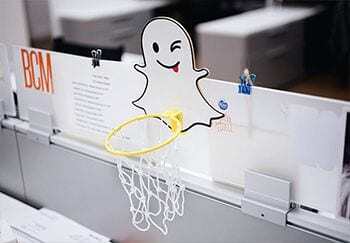
The millennial audience is an elusive one, forcing marketers to look for new, innovative ways to engage them. One thing we know for sure about...

Many folks may be perfectly happy just using the mobile messaging apps that came pre-loaded on their devices, but the number of people heading to the...
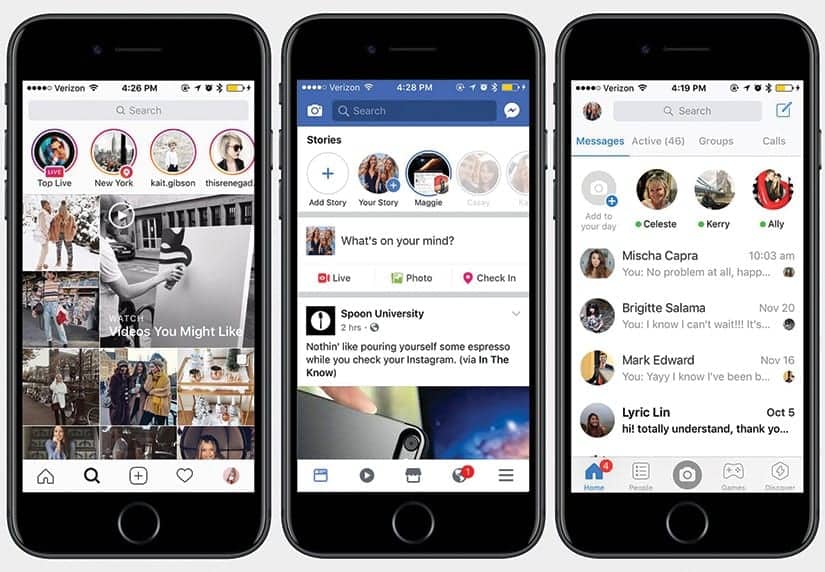
What are Facebook Stories? Facebook recently rolled out Facebook Stories on their mobile app, a new feature that allows users to share a collection...